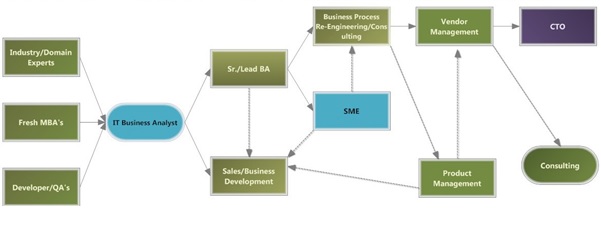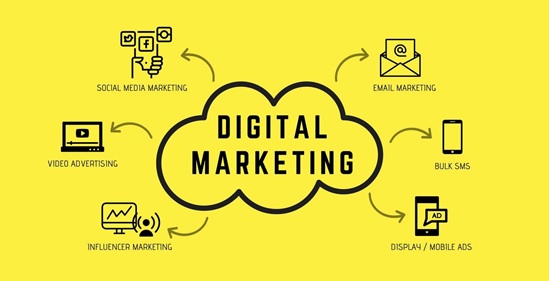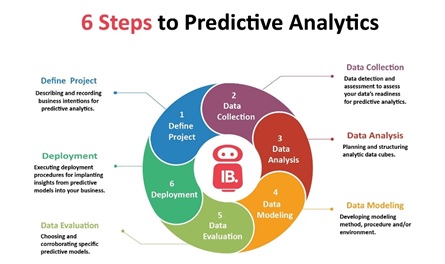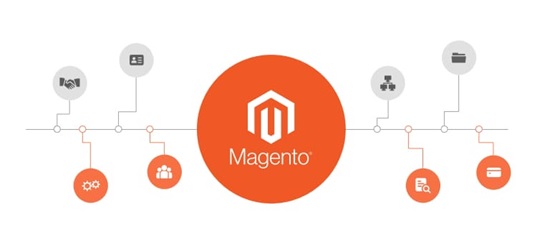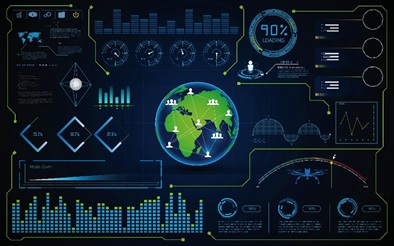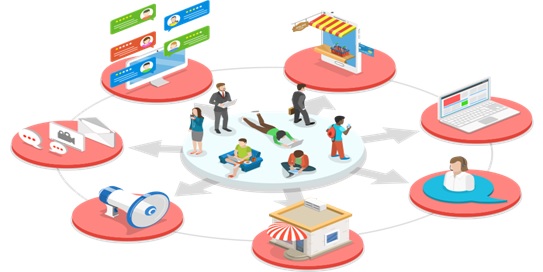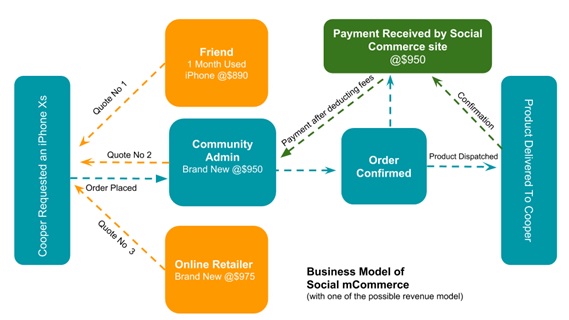Five Iconic Microsoft Legacies in Computer Culture
For decades, Microsoft has provided ubiquitous desktop software, earning both jibes and criticism—even loathing—while simultaneously helping millions of people accomplish their tasks.
Every design decision Microsoft makes resonates worldwide, for better or worse—often becoming a lasting memory or even a meme.
Here are some of the key ways Microsoft has shaped computing culture:
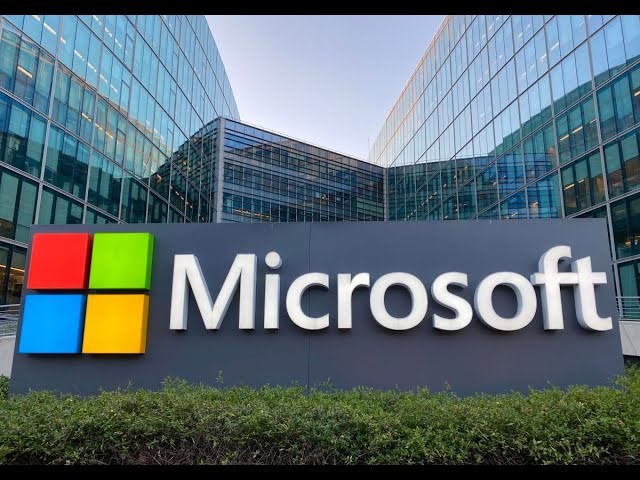
Figure 1.Five Iconic Microsoft Legacies in Computing
The Blue Screen of Death: A Defining Microsoft Moment
A staple of Windows since its earliest versions—though thankfully much rarer today—the Blue Screen of Death (BSOD) appears when Microsoft’s operating system encounters a critical error or an unresponsive application. Figure 1 shows Five Iconic Microsoft Legacies in Computing.
Typically a full blue screen with white text, the original BSOD message was famously written by Steve Ballmer, who later became Microsoft's CEO [1]. Some versions include error codes, offering power users a way to diagnose the issue.
Newer versions of Windows have added a sad-face emoji, perhaps as a subtle attempt at empathy.
While the BSOD sometimes provides options to close the program or restart the system, many users have found that the only real solution is the classic fix—manually turning the computer off and on again.
The Serene "Bliss" Background
A refreshing departure from previous Windows versions, the 2001 release of Windows XP greeted users with a stunning view of sunlit green hills beneath a vibrant blue sky.
For many who grew up in the ’90s and 2000s, this iconic desktop background evokes nostalgia—a reminder of after-school gaming sessions or the early days of online chat.
Captured in 1996 by wine industry photographer Chuck O'Rear, this image—often dubbed "the world's most-viewed picture"—shows a landscape in California's Sonoma County, where grapevines had been removed to combat the phylloxera pest.
Known as "Bliss," this iconic background can still be found on older systems that haven’t been updated in a while. It has inspired countless memes, parodies, and even AI-generated renditions of what the rest of the scene might look like.
Welcoming Windows Melodies
Microsoft’s efforts to create a soothing experience for PC users began long before 2001.
Windows 95 introduced an ethereal startup chime that played as the system powered up. This now-iconic sound was composed by electronic music legend Brian Eno, who described it as “a tiny little jewel” in a 1996 interview with SFGate.
Commissioned to make it “inspiring, universal, blah-blah, da-da-da, optimistic, futuristic, sentimental, emotional,” Eno created 84 variations before settling on the perfect one—ironically, twice as long as the requested three-and-a-quarter-second clip.
Clippy: The Not-So-Helpful Assistant
Long before ChatGPT assisted with essays and emails, Microsoft introduced its own attempt at smart software for Office users.
In the late 1990s, the “Office Assistant” featured interactive animated characters that popped up to offer help—often uninvited. The most infamous was Clippy, the ever-cheerful paperclip, whose frequent (and often misguided) suggestions, especially for writing letters in Word, became the stuff of internet legend.
The feature stemmed from research suggesting that users interacted with computers as if they were human colleagues. However, interaction designer Alan Cooper later called this a “truly tragic misunderstanding,” arguing that if people already anthropomorphize computers, there’s no need to make them overtly human-like.
Despite its mixed reputation, Clippy has found new life in nostalgia—and even reappears as the face of a ChatGPT-powered assistant for Windows 11, developed by FireCube.
The Hidden Flight Simulator
Microsoft is known for its detailed and beloved "Flight Simulator" series, featuring realistic recreations of locations and aircraft.
However, Office workers without a joystick or high-end graphics card could still experience a hidden, neon-lit flight simulation in Excel 97 [2]. By entering a series of secret commands, users could navigate a bizarre hilly landscape using only the mouse.
This flight simulator scene, complete with the credits for the spreadsheet program, was just one of many hidden "Easter eggs" scattered throughout Microsoft’s software over the years.
References:
- https://www.barrons.com/news/five-memorable-microsoft-legacies-in-computer-culture-b591f2ad
- https://techxplore.com/news/2025-03-microsoft-legacies-culture.html
Cite this article:
Janani R (2025), Five Iconic Microsoft Legacies in Computer Culture, AnaTechMaz, pp.77


